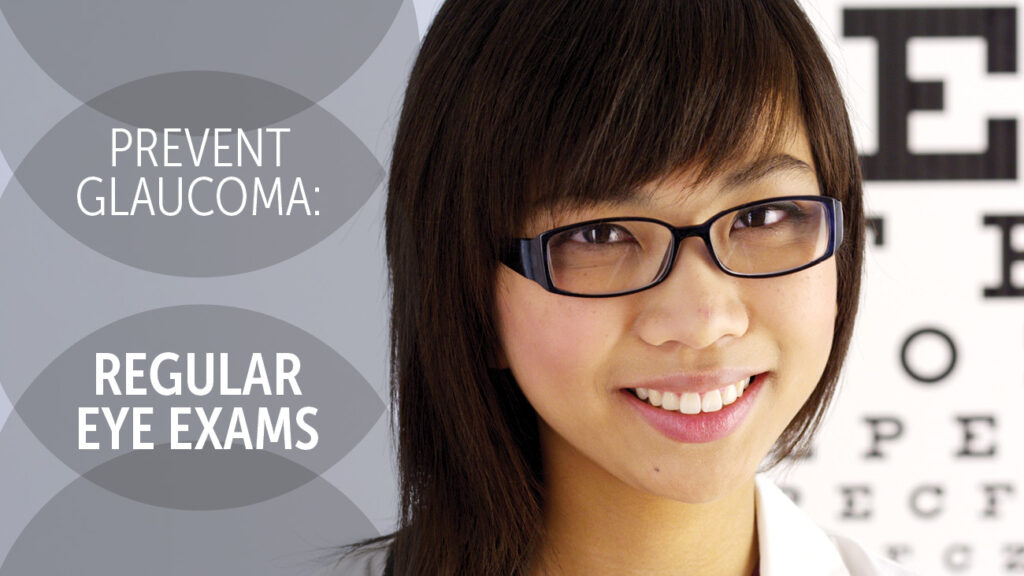Did you know, half of Americans with glaucoma don’t know they have it? Glaucoma is often called a silent thief of sight because the early stages often have no symptoms. In the US glaucoma is the second-leading cause of blindness.
What is Glaucoma?
Glaucoma is an eye disease damaging the optic nerve in the eye; the optic nerve connects the retina to the brain to produce sight. The most common type of glaucoma is called primary open-angle glaucoma. According to the Glaucoma Research Foundation, over 3 million Americans have glaucoma.
Eye pressure is a significant risk factor for optic nerve damage. We recommend annual eye exams to measure eye pressure and detect glaucoma before you lose vision.
Populations at a Higher Risk Include:
- African Americans over age 40
- Everyone over age 60, especially Mexican Americans
- People with a family history of glaucoma
Symptoms of Glaucoma
Typically glaucoma has no signs or symptoms, by the time you notice your loss of vision the disease has progressed to irreversible vision loss. Regular eye exams are the best way to detect and prevent glaucoma because several tests are performed to look for signs of glaucoma.
Potential Signs/Symptoms Include:
- High Intraocular Pressure
- High Blood Pressure
- Vision Loss
- Blurry Vision
- Distorted Vision
- Eye Pain
Can you reduce your risk for glaucoma?
Maintaining a healthy lifestyle is essential to reduce your risk of developing glaucoma. A few ways to reduce your risk include not smoking and eating a varied healthy diet. Healthy weight and blood pressure are also essential to lowering your chance of getting glaucoma.
Recent studies have also found that physical exercise may also lower your intraocular pressure. Glaucoma development may be due to high intraocular pressure. Therefore, physical exercise and an active lifestyle are great ways to prevent glaucoma along with other serious health problems.




